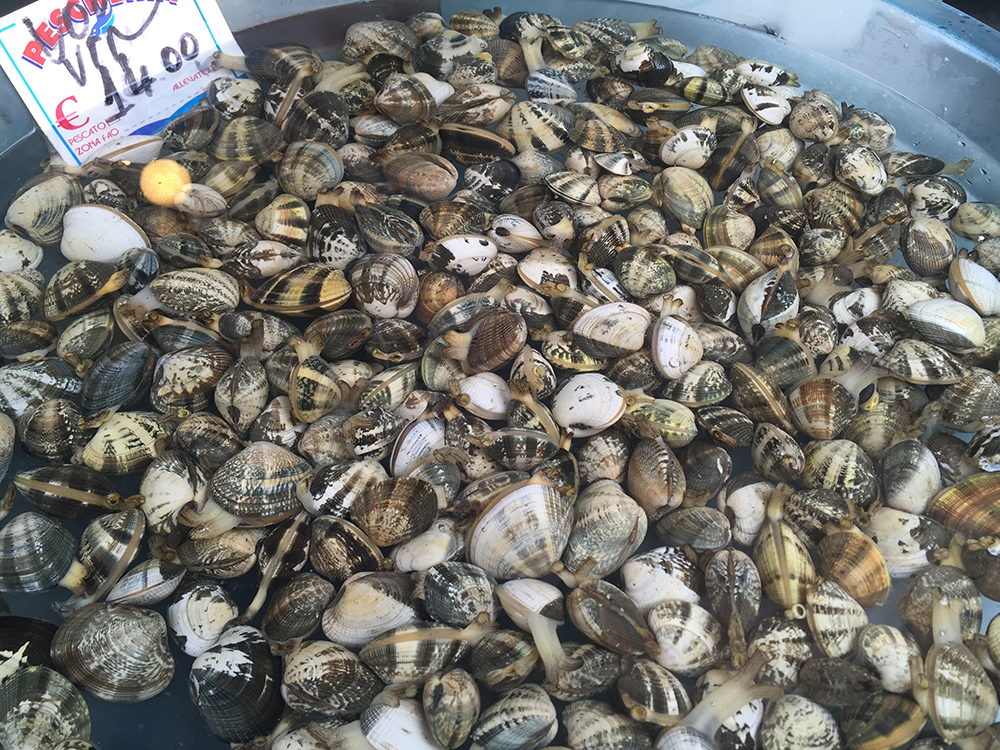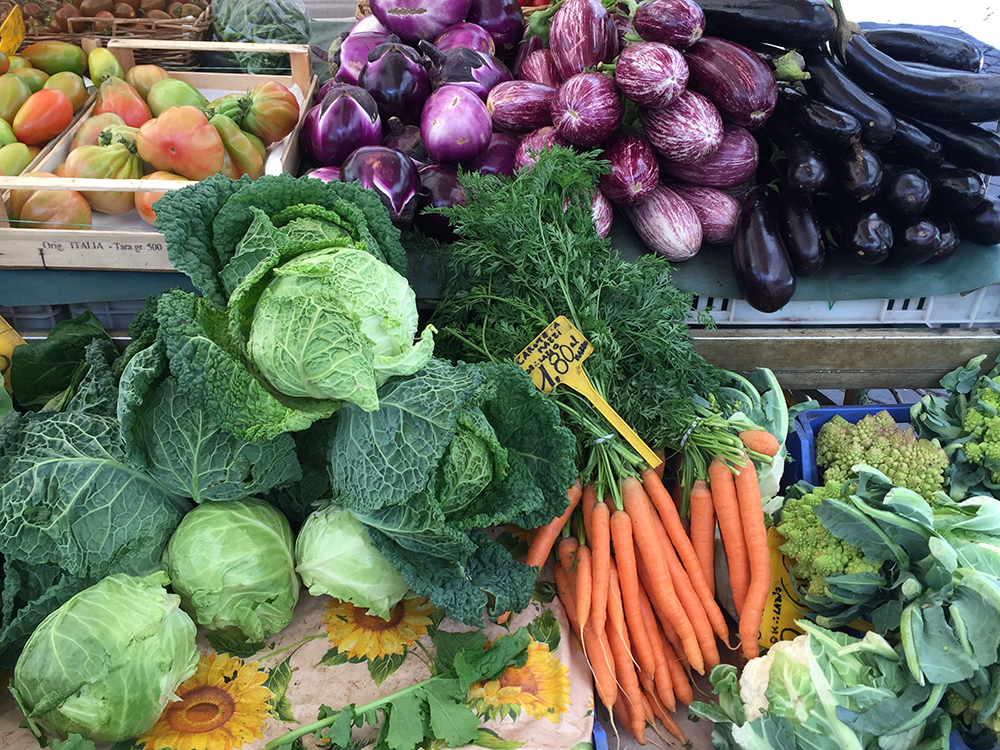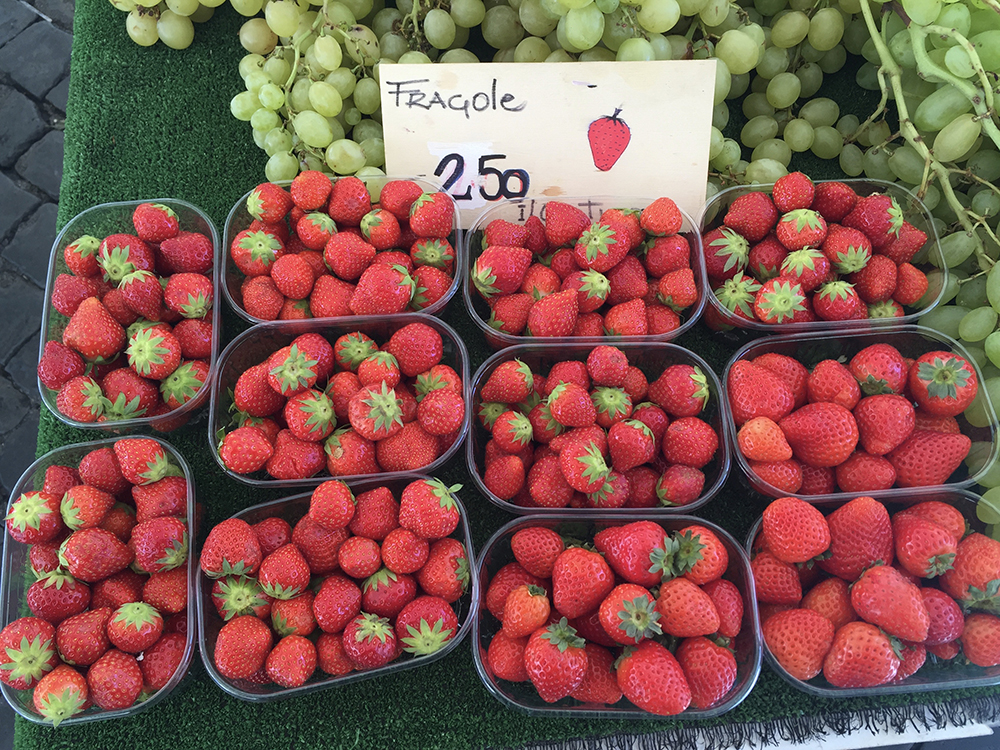|By Lisa McComsey |
You’re hungry for a heart-healthy diet. You’ve heard all the fuss about the benefits of eating fish. You may even know that the American Heart Association recommends consuming fish at least twice a week. Unlike many types of meat, fish is low in saturated fats and high in beneficial omega-3 fatty acids.

Aiming to reduce or eliminate meat at mealtime—and boost your fish intake—is a worthy goal. So what’s the best diet if you want to ditch red meat and poultry but include a little animal protein, like seafood?
Two meat-free, plant-and-seafood-centric diets are the pescatarian (also spelled “pescetarian”) diet and the seagan diet.
What’s the difference between a pescatarian and a seagan? And which is healthier?
Pescatarians follow a vegetarian diet with the addition of fish. (Note: “Pescatarian” is the blending of “pesce”—the Italian word for “fish”—and “vegetarian.”)
Vegetarians and pescatarians eat dairy products—like milk, butter, cheese, yogurt, and ice cream—and frequently eggs. These foods often contain saturated fat and cholesterol.
A seagan, who adheres to a “seafood” plus “vegan” diet, does not consume dairy or eggs. The menu is strictly plant-based with one exception: seafood.
It’s the new “gold standard” in eating, because it includes the healthiest stuff on the planet: fruits, vegetables, legumes, nuts, seeds, and grains—along with seafood’s amazing omega-3s.
Of course, it’s possible to be a fat, unhealthy seagan (or vegan) if you overdo fried foods, sugary drinks and snacks, and other junk food. Consider these occasional treats, not daily staples.

Stick With Clean, Sustainable Seafood
We don’t advocate eating any old seafood. Many varieties are critically overfished, while others contain dangerous levels of contaminants. A number of capture methods destroy the environment and/or lead to unintended bycatch.
Our book, Seagan Eating, features a “Good Catch”/”Bad Catch” guide, so you know which options are best for your health, the environment, and robust fish populations.
Some of your “Good Catch” best bets are: anchovies, Arctic char, haddock, wild-caught Pacific salmon, most shellfish, and domestic shrimp.
Steer clear of the “Bad Catch” fish, including Atlantic flounder, Chilean sea bass, imported catfish, orange roughy, Atlantic salmon, swordfish, and imported shrimp.
For a terrific online resource, go to the Monterery Bay Aquarium’s Seafood Watch, type in the name of a fish, and see if it’s on the “Best Choice” or “Avoid” list.

Interested in taking the seagan plunge? We’d love to hear your thoughts in the comments section below.
Photos taken in an Italian market by Lisa McComsey. © 2020
